| INDEX | 1300-1599 | 1600s | 1700s | 1800s | 1900s | CROSS-ERA | ETHNO | |
| MISCELLANY | CONTACT | SEARCH | |
Quite a difficult matter! Depending on where you shop, you can't be certain that what the label says is true, especially at e.g. a flea market or in some countries. For instance, a friend brought home samples of Thai silk (100% silk of course) from a trip that all proved to be plastic when subjected to the burn test (see below), except one, which was rayon.
To discern different fibres and weaves, it's best to become a bit of an expert yourself. That's not terribly difficult: Just browse the fabric shops from time to time, questioning the shop assistants, looking at the labels, touching and smelling the fabrics. Smell? Oh yes! Some types of silk have a very distinctive smell, especially the coarser varieties such as bourette, silk linen, dupioni, even twill and taffeta. Not all silks exude that smell, but if the smell is there, it's silk. Linen also has a certain smell, but it's so delicate that it's usually superseded by the smells of the shop, the washing agent, or the place it's been stored in.
This is the second-best way of identifying fabrics - the best is to examine the fibres under a microscope.
Choose the environment for your burn test carefully: Nothing inflammable should be in the vicinity, but water and a fireproof vessel that can receive the burning piece of fabric, i.e. porcelain or metal. I've found the kitchen or bathroom sink to be ideal. Wet the specimen thoroughly afterwards before throwing it away. We wouldn't want the trash bin to burn, would we? The loo is also a very good receptacle...
Plant fibres tend to burn quite well with a bright, quick flame. When the flame has died, they continue to glow until put out. They smell like burned paper. The ash is very fine, fair grey, and crumbles to dust under the barest touch.
Unfortunately, all plant fibres react like that, i.e. they're difficult to tell apart. This also goes for rayon and acetate, which are made from plants but still artificial. Smooth, cool and possibly shiny fabrics - i.e. what you'd mistake for silk - that burn like this are most probably one of these two. Cotton and Linen sport a duller surface - cotton more so, unless it has been mercerised (a technique known since ca. 1850). Cotton is softer, fluffier, and warm to the touch. Linen is smooth, heavy and flowing, and feels cool because it absorbs moisture more readily than cotton. Since flax fibres are longer than cotton fibres, cotton is easier to rip. Linen wrinkles more easily. And then there is ramie, a natural plant fibre that has a long tradition in the Orient (but only there) and resembles linen in many ways. It's rougher to the touch than high-quality linen.
If you have access to a microscope, telling cotton and linen apart is quite easy. Pick a few fibres off a thread and place them under the microscope. Linen has smooth, straight fibres while cotton looks almost wooly. It's a bit like straight vs curly hair.
Animal fibres burn reluctantly; the flame produces a crackling sound and dies quickly. (This behaviour makes wool a good choice for clothes worn around camp fires and stoves, BTW.) There is a smell of burnt hair. Wool curls up and turns brown, then it turns into shiny black clumps that crumble easily when pressed. Silk turns into silvery clumps that also crumble easily.
Those synthetics that are made of plastic (Nylon and Poly-something) rather than plant fibres also burn like plastic. Some burn quite well and all melt and rope like cheese. The resulting black clumps are malleable while hot, hard when cool, and won't crumble. The smell, if there is any, is that of burning plastic.
The pictures below have all been scanned with the same resolution, rescaled by the same factor and not rotated so that you can compare them. The pictures are relatively large so that you can see the structure. Sorry if they don't fit on your screen.
Linen weave is the simplest and surely the oldest weave: One up, one down, one up, one down etc. The result is a regular grid that looks the same from both the right and left side. The name implies that linen fabrics were woven that way. "Linen" doesn't necessarily denote the fibre in this case, but rather bed linens, underwear and such. Almost all modern linens, shirting and blouse fabrics belong to this group, e.g. batiste, organdy, chiffon, dupioni, taffeta, gauze.
| Fine linen with wide gaps | medium, dense linen |
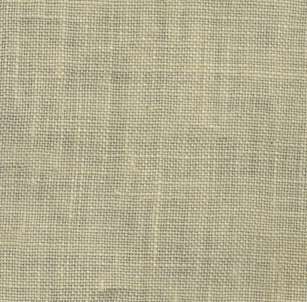 |
 |
| medium linen with wide gaps for cross-stitch embroidery | jute |
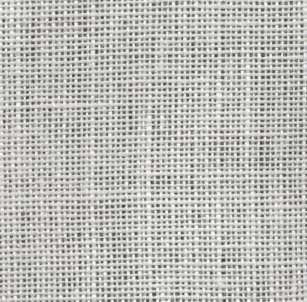 |
 |
Twill, put simply, is one up, two down, one up, two down... and in the next row the same, but offset by one, and by two in the next row. This produces an obvious diagonal structure on one side which is hardly discernible on the other. If the offset goes to the right for some rows, then to the left, you get herringbone. Among the twill weave fabrics are jean and coutil.
| Cotton twill (jean), right side | Cotton twill, left side |
 |
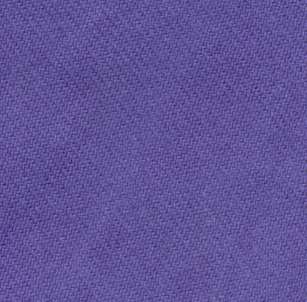 |
| Silk twill, right. 2x zoom. | Silk twill, left. 2x zoom. |
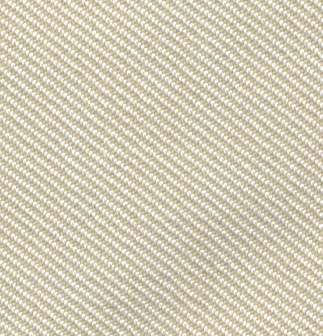 |
 |
| Felted wool twill, right. 2x zoom | Felted wool twill, left. 2x zoom |
 |
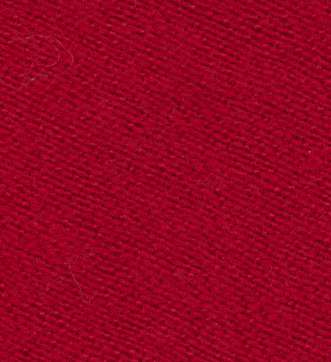 |
| Linen twill, two colours, herringbone, right | Linen twill, two colours, herringbone, left |
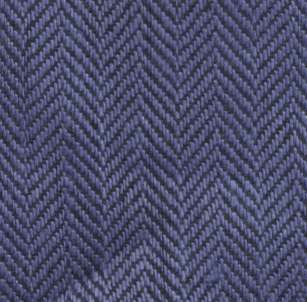 |
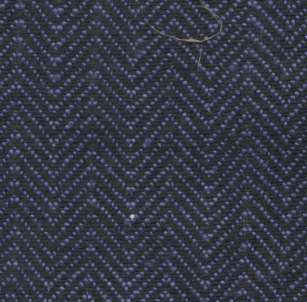 |
Atlas weave is akin to twill in that a number of threads (instead of only one as with twill) is skipped, e.g. four up, one down, four up... and in the next row, the offset is anywhere from two to eight. The result is a fabric that's very smooth and shiny on the right side and dull on the left. Atlas binding is almost exclusively made of silk or artificial silk, but there is also cotton satin. Atlas weave fabrics are usually known as "satin". The expression "silk and satin" is, therefore, a bit like saying "fish and herring". There are two kinds of satin nowadays: One is relatively thick, usually referred to as duchesse and encountered mainly in the bridal department, the other is thin, slick and flowy and known as crêpe satin. Only the former variety is suitable for pre-19th century garments.
| Silk atlas, right. 2x zoom | Silk atlas, left. 2x zoom |
 |
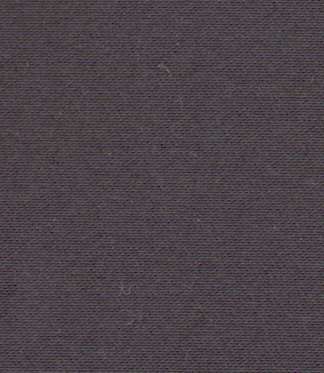 |
| Silk crêpe satin, 2x zoom. Left side on the left, right side on the right | |
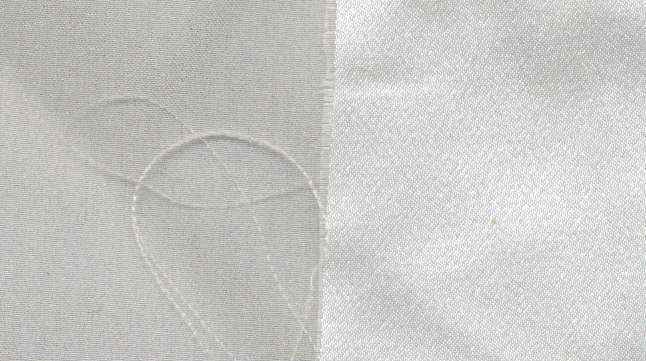 |
|
Damask is a variety of atlas weave where a varying number of warp threads is skipped in order to produce a pattern. The patterns woven that way can be geometrical or floral. The effect is particularly obvious if warp and weft are of different colours. Both bed and table linens have been woven with more and less bleached threads to produce a white/beige pattern. Jacquard is a mechanically-made variety of damask. Damask is made of linen (very rarely nowadays), cotton, wool and silk.
| Linen damask, two-coloured, right | Linen damask, two-coloured, left (mirrored) |
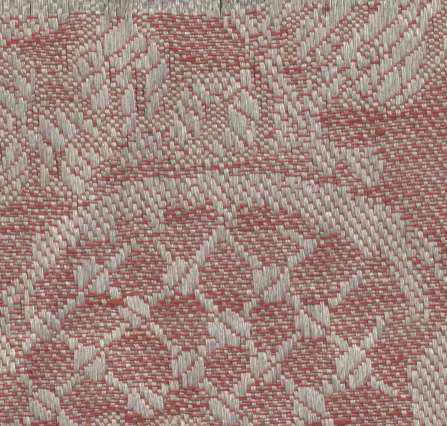 |
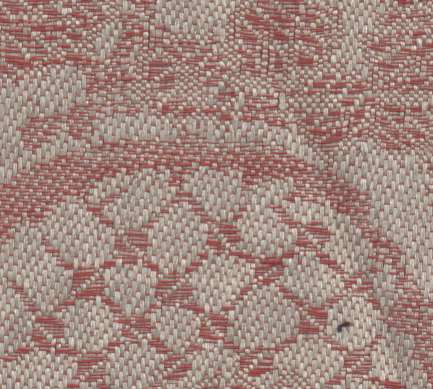 |
| Two linen damasks made of more or less bleached threads, right | The same damasks, left |
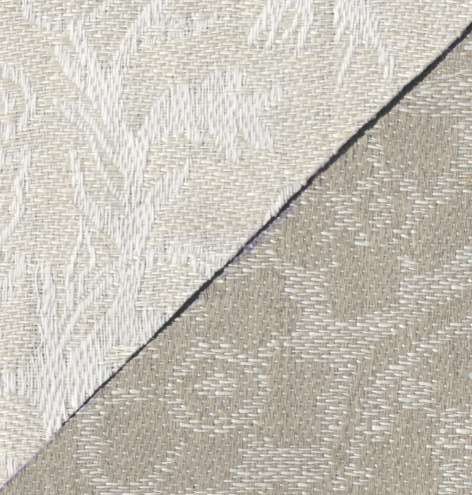 |
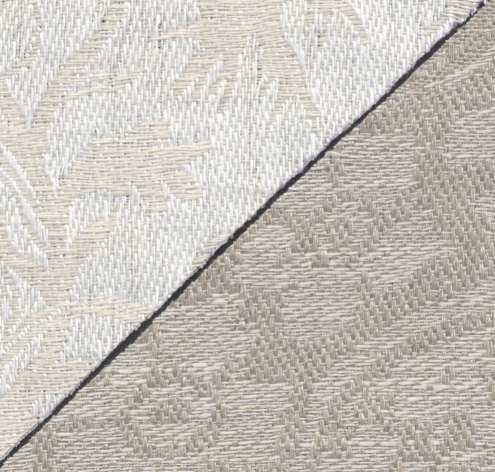 |
Wednesday, 24-Apr-2013 21:47:21 CEST
Content, layout and images of this page
and any sub-page of the domains marquise.de, contouche.de, lumieres.de, manteau.de and costumebase.org are copyright (c) 1997-2022 by Alexa Bender. All rights reserved. See Copyright Page. GDPO
This work is licensed under a Creative Commons License.